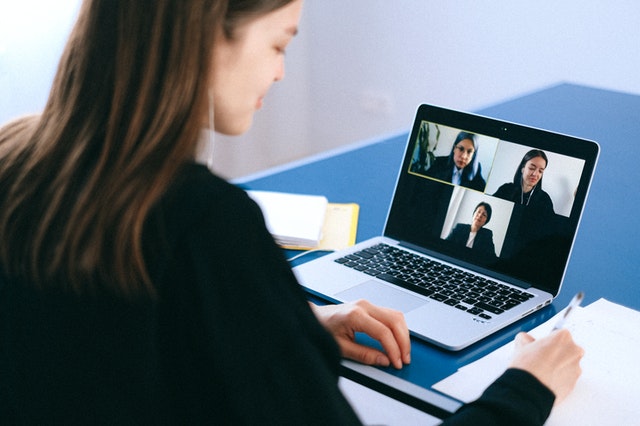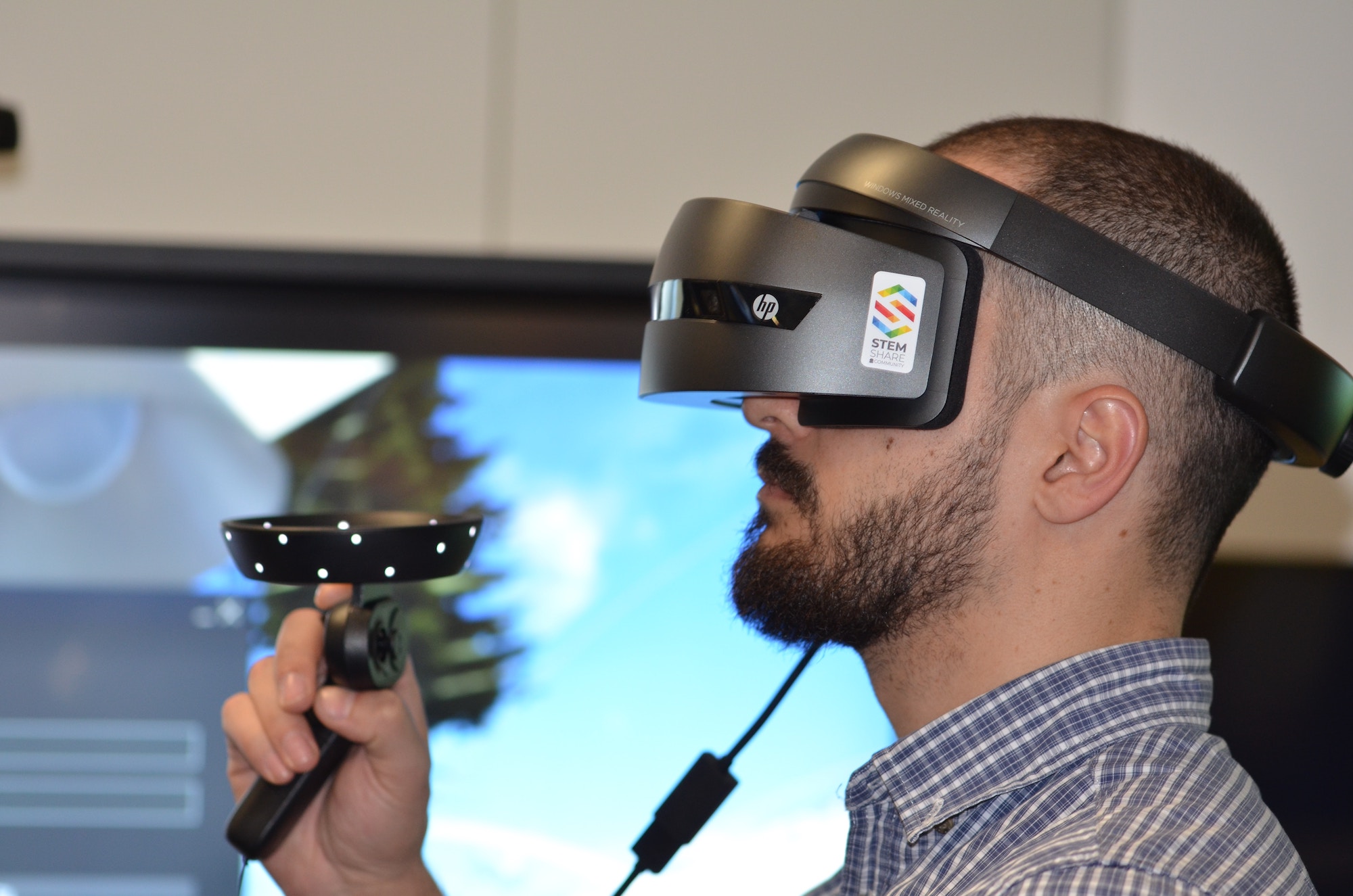The office space is an incredibly distracting place. It doesn’t help that emerging tools are constantly disrupting the way we work. However, these same tools can be harnessed to increase our productivity if we know how to use them in tandem with various learning mindsets.
Within my article in Entrepreneur, I suggest four business practices and approaches that can help motivate employees across the country to improve their time and productivity.
Utilize New Technologies — Education technology has become a major investment for many companies to help train and retain employees. Emerging technologies like AI and big data can help in the implementation process. For example, AI’s machine learning capabilities allow for personalized learning modules, build training reinforcements, and measure ROI and effectiveness of each employee’s skill set.
Gamification and Cognitive Control — Supertaskers have the ability to multitask at a profound rate in a small time frame. However, only 2.5% of the population demonstrate these capabilities. But skills such as ignoring and resisting distractions can be learned. Tools like gamification can help assist in basic cognitive controls that help with productivity. Gamifing learning and developing sessions can help employees learn the ropes in a more fun and allow for a higher intake of information. In addition, workplaces can gameify work culture by creating games and reward systems for staff goals.
The Growth Mindset — The philosophical mindset empowers workers through positivity, inspiration and motivation. Unlike a “fixed mindset” where workers often feel defeated and like their skill sets are fixed or not able to grow. With a growth mindset, workers face challenges posed to them, they learn skills and develop ways to solve problems rather than worrying about what people think of them.
The Pomodoro Method — Research shows that this method can increase productivity. It’s not surprising this method is all about balance and time management. The method allows for 25-minute uninterrupted periods of work followed by breaks. For example, before you start your work day schedule 25 minutes work sessions and then take 5 minute breaks to rehydrate and reenergize. Shorter work periods allow for improved focus. But if you are still interrupted, then make sure to designate check-in times, inform teammates you’re unavailable or schedule immediate follow-ups.
Many of these strategies can help improve creativity, productivity and innovation in the workplace. Companies need to invest in user-based technologies so that they can enhance the capabilities of the workplace and employees’ minds for good.






